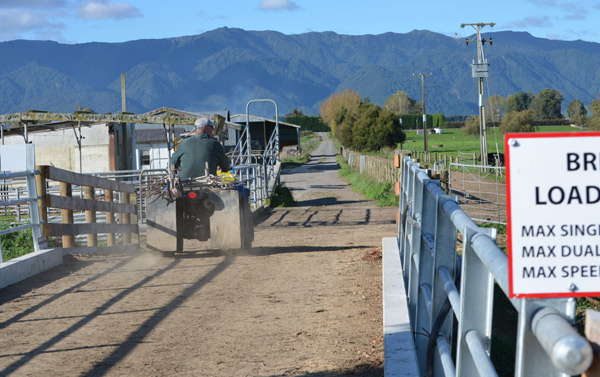New Stock Exclusion Regulations: What You Need To Know

In September 2020 new rules came into force to exclude livestock from New Zealand waterways and improve freshwater quality. Many farmers will now have to fence off these areas and install either a bridge or a culvert if stock need to regularly cross these waterways.
Who does this affect?
The Resource Management (Stock Exclusion) Regulations 2020 apply to anyone who owns or controls beef cattle, dairy cattle, dairy support cattle, deer or pigs.
If your property has a lake, natural wetland, or waterway more than 1m wide that is either continually or intermittently flowing, these rules are squarely directed at you. If you have an artificial watercourse (e.g. an irrigation canal, water supply race, power generation water canal or farm drainage canal), then you can relax. You won’t have to comply.
What are the new rules?
Keep out of the water:
- Dairy cattle, dairy support cattle, and pigs must be kept out of the water regardless of your farm’s terrain.
- Beef cattle and deer must be kept out of the water if they are break-feeding, grazing annual forage crops or on irrigated pasture, regardless of the terrain. Otherwise, these rules only apply if your stock are on low slope land. To check if this affects your property, click here https://mfe.maps.arcgis.com/apps/View/index.html?appid=4431febca3854ee19bb4c67bc94029bb
Be fenced off:
- Stock must be excluded from the beds of lakes, rivers and wetlands, and must not be on land closer than 3m to the bed of rivers and lakes. However, stock need not be excluded from land within 3m of the bed if there is a permanent fence in place by 3 September 2020.
Water crossings:
-
Stock (except deer) may only cross a river or lake by using a dedicated bridge or culvert except when:
(a) they are supervised and actively driven across the lake or wide river (1m+) AND
(b) they don’t cross the same lake or wide river more than twice in any month. - Deer are not subject to any restrictions for crossing rivers and lakes.
-
You do not have to comply with these water crossing requirements if:
(a) It is too difficult to install a dedicated bridge or culvert because the river has a highly mobile bed AND
(b) You ensure that stock are supervised and actively driven across the river.
For more detailed information, you can read the new rules here: https://www.mfe.govt.nz/fresh-water/freshwater-acts-and-regulations/stock-exclusion-regulations
What are my options?
Unless you qualify for an exemption listed above, you’re going to need either a bridge or a culvert to help your stock cross any natural lakes, wetlands or waterways on your farm from now on.
To help you weigh up the pros and cons of each option, we’ve put together this blog post which should help you out Bridge vs Culvert: What Is The Right Choice For You?
How much will it cost?
That will depend on your unique requirements. But to give you an idea of what’s involved in building a bridge (and how long that might take), check out this helpful blog How long does it take to build a bridge?
When do I have to act?
These new regulations are now in force and apply to any new pastoral system established after September 2020. If your farm existed prior to this date, different aspects of these rules will be phased in by July 2023 and July 2025.
If building a bridge is something you need to organise, the team at Bridge It NZ are here to help. We exclusively build bridges so can advise on and provide you with the best, most cost-effective crossing solution for your needs. We provide total project management from compliance to completion and a transparent no surprises pricing policy. Get in touch today by phoning 0800 222 189.

